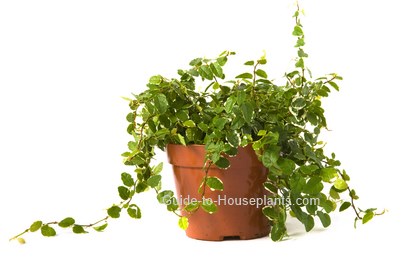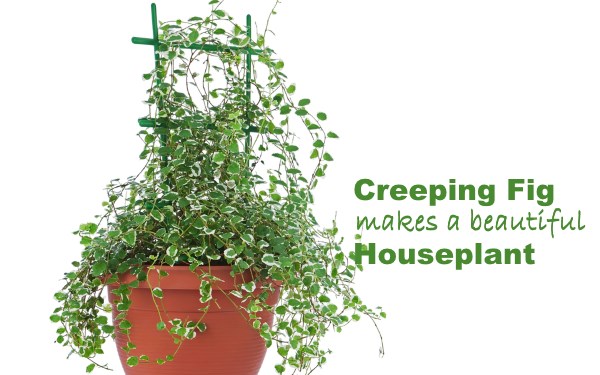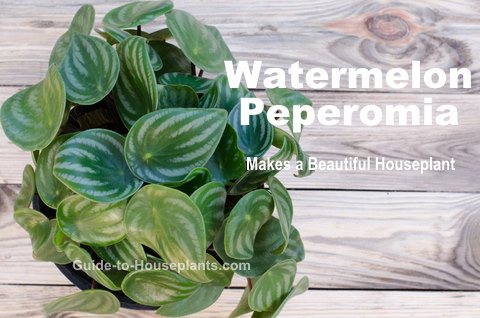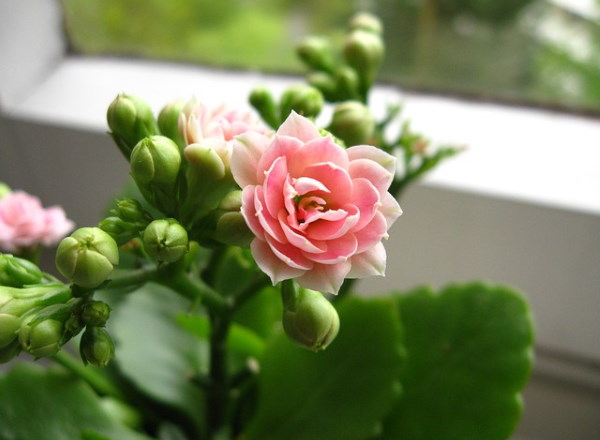Creeping Fig Plant Care
Botanical Name: Ficus pumila
Creeping fig has small, heart-shaped leaves that densely cover its long stems. Its growing habits make it a versatile plant indoors. To show off its thickly leafed vines, put this trailing, climbing, creeping ficus plant in a hanging basket.

Better yet, you can train its aerial roots to sink into a moss support, trellis or topiary. Tie it loosely to a support with florist's wire and this climbing fig will readily take hold.
Want another option? Plant it as a ground cover beneath a tall house plant and allow the stems to spill over the sides of the container. It makes a nice complement to Norfolk Island pine or a braided weeping fig (Ficus benjamina).
Get to Know Creeping Fig
Known botanically as Ficus pumila, this beautiful, evergreen plant is native to China and Japan.
How big does it get? You can expect your houseplant to climb or trail up to 3 ft (90 cm). When grown in a pot, the thin, green leaves stay small, up to 1-inch (2.5 cm) long.
Is creeping fig toxic? Yes, according to the ASPCA, Ficus plants are poisonous to humans and pets. They contain sap that irritates skin and eyes and can cause an allergic reaction. If eaten by cats or dogs, it may cause severe gastrointestinal irritation.
Creeping Fig Problems, Solutions, and Special Helps
Yellow leaves? You over-watered. Water thoroughly when potting mix is dry 1 inch down. Reduce water in the winter when growth has slowed.
Brown, shriveled, crunchy leaves may be caused by too much sunlight or too little water.
Brown leaf tips are likely due to low humidity. Raise the humidity around your houseplant. See "Humidity" tips below.
Massive leaf drop happens when creeping fig is exposed to sudden changes, such as cold drafts or dry heat from AC/heat vents.
Leach your pot. Ficus plants are also sensitive to a build up of mineral salts from fertilizer. If your houseplant's leaves look scorched or misshapen, or if there is white, crusty stuff on top of the soil, it's time to leach the pot. It takes mere minutes and it's easy to do. Leach pots by pouring lukewarm water over the soil several times. This removes excess mineral salts from the soil.
Prune it back. Creeping fig is fast-growing and needs some help from you to shape it or train it. Prune off new stems regularly to encourage branching and to shape them as they grow. Pruning up to one-third in spring will keep the plant compact.
Repot in spring. This creeping ficus houseplant prefers to be slightly pot-bound. Repot every 3 years, moving to a pot about 2-inches (5 cm) larger or keep it in the same pot and just give it fresh potting mix. Use a pot with drainage holes to prevent root rot.
Watch for pests. Look over your houseplants once in a while. I check mine every time I water. Spider mites, mealybugs, thrips, and scale insects are possible pests.
 Place a small trellis in the pot for Creeping Fig to climb. Photo ©Rodrusoleg
Place a small trellis in the pot for Creeping Fig to climb. Photo ©RodrusolegFicus Pumila Varieties
This creeping ficus plant is known botanically as Ficus pumila. Of the many named cultivars, the variegated types are the most popular.
Ficus pumila 'Minima' has tiny leaves, making this humidity-loving plant an ideal addition to a terrarium. Another eye-catching cultivar is the miniature oakleaf creeping fig, 'Quercifolia'.
White-edged 'Snowflake', 'White Sunny' and 'Variegata' are just a few heavily variegated ficus cultivars.
How to Grow Creeping Fig Plant Indoors
Light: Bright, indirect sunlight is ideal for Creeping Fig. It will tolerate low light, but not direct sun. Dry, shriveled leaves are caused by too much sun. This Ficus houseplant responds well to growing under a grow light.
Water: Keep soil lightly moist spring through fall. Water less in winter, allowing the top of the potting medium to dry out before watering again. Yellow leaves are a sign of over-watering.
Humidity: Try to maintain 50% relative humidity or higher. Indoor air can become extremely dry during the winter months so it's a good idea to use a humidity monitor, rather than guess. If relative humidity drops below 50%, place the plant on a tray of wet pebbles or use a cool-mist room humidifier. Young plants can be kept in a Wardian case to surround them with the moist air they crave.
Temperature: Will tolerate cool to warm temperatures (55-85°F/13-29°C).
Soil: Good-quality, all-purpose potting mix
Fertilizer: Feed monthly spring through fall with a balanced (such as 10-10-10 NPK) liquid fertilizer diluted by half. Stop feeding in winter, when growth is slower because of lower light levels.
Propagation: Take 3-4 inch stem tip cuttings in spring and root in perlite or fresh potting mix. Use rooting hormone powder to ensure the stems will quickly develop roots.

